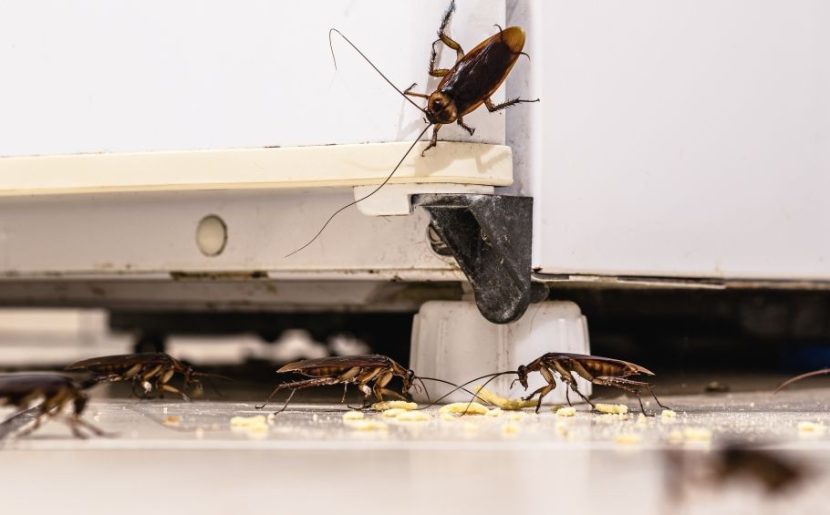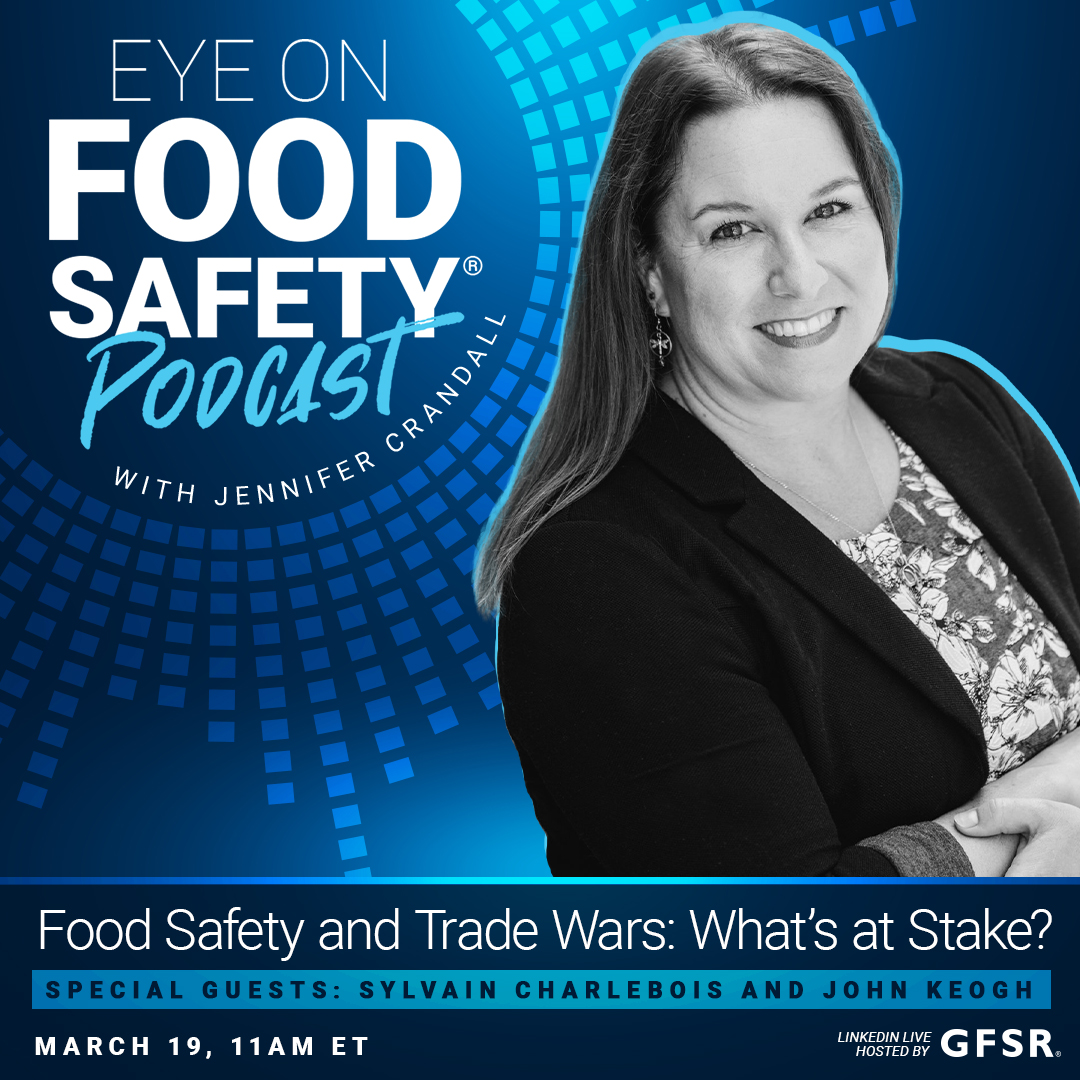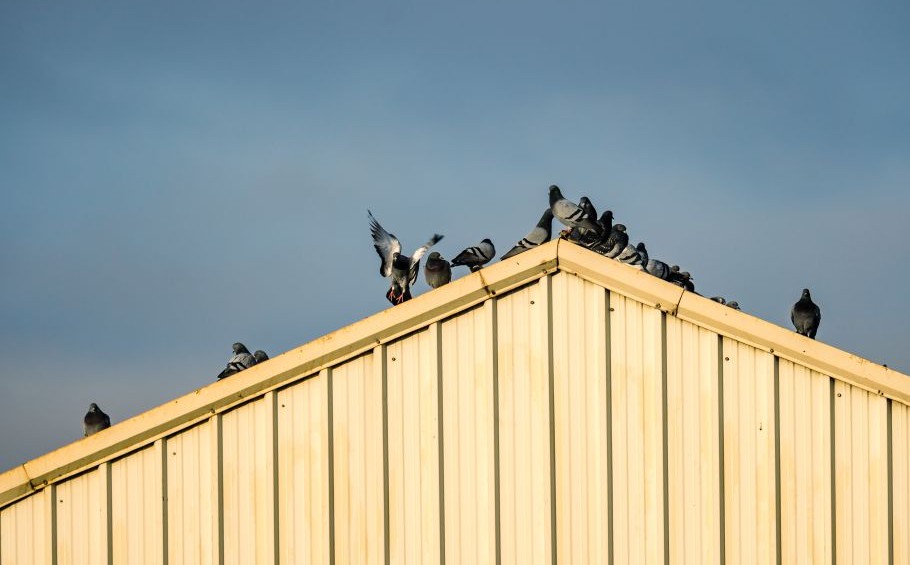The Importance of Environmental Controls in Pest Control Management
By Sean Berdan
The food processing industry relies heavily on strict hygiene standards, sanitation practices, and pest management protocols to ensure the quality and safety of products. An often overlooked yet critical aspect of pest control is the role of environmental controls. Key factors such as temperature, product spillage, food waste, moisture, and pooling water directly influence pest activity. If not managed properly, these elements can lead to increased pest infestations, which can then further cause contamination of the product. This ultimately sends us down the path to customer complaints, recalls, or withdrawals, and finally, the loss of consumer confidence.
Let’s explore the relationship between environmental factors and how they affect pest control measures.
Effective pest control is not about reacting to infestation but building proactive systems that prevent it from occurring in the first place.
Temperature
Temperature plays a significant role in food processing, ensuring that food is safe to consume. Whether it is critical control points in processing, cooking instructions, or proper storage, temperature is always a factor. A warmer processing environment creates ideal conditions for most pest species, including flies, rodents, and cockroaches. All of these can cause serious contamination risks to the product. Conversely, the cold can inhibit pest management measures, such as baits and biological treatments.
Processes and temperatures differ depending on what kind of food is being processed. However, properly managing the temperature in areas such as storage, production, and waste management is key to ensuring that pests do not thrive.
Moisture and pooling water
Moisture is something that pests rely on for survival. Whether it’s condensation or overspray from processes for production, it can help generate favorable circumstances for pests to flourish. Condensation can be controlled with the use of exhaust fans and dehumidifiers, while dialing-in processes will reduce overspray.
Pooling water is a huge issue in most food processing plants, from poorly designed equipment to improperly sloped floors and catch pans. These puddles of standing water can become a breeding ground for many pests, like mosquitoes and roaches. Look around your facility at unused equipment and cooling units, as they are prime suspects. Proper sloping to drains, in-production sanitation (ISP) to remove puddles and regular inspection and sanitation of unused equipment are all essential to aiding the pest management program.
Food waste and spillage
Food waste created when processing raw materials through to finished goods and spills caused by human error and poor equipment design are the most common ways pest “food” is created. The outdoor waste areas attract their keen senses, often pungent with rotting food materials. Once close to the facility, these same senses help them find multiple paths inside the facility to better food sources than what can be found outside. Piles of product sitting on the floor and byproducts from processing in open containers make for a smorgasbord that any rodent or insect would find hard to resist. Even secondary pests such as mold, fungi, and microorganisms will look to find a seat at the table.
To mitigate the risks, ISP protocols must remove spillage from the floor in real time and place it into waste containers. The waste containers should be removed from the floor regularly, emptied, cleaned, and sanitized before being returned to the production floor. Regular inspections of equipment and detailed periodic equipment cleaning (PEC) events are essential in preventing pest attraction.
By understanding and addressing the core environmental factors that impact pest control – temperature, product spillage, food waste, moisture, and pooling water – facilities can generate an environment that is less hospitable to pests. Environmental controls must be integrated into your comprehensive pest management strategies, such as scheduled inspections, traps, pest proofing, adequate sanitation, and biological or chemical treatments when necessary.
Effective pest control is not about reacting to infestation but building proactive systems that prevent it from occurring in the first place. It will take a team effort with all departments, from quality, maintenance, sanitation, production, and your pest control professionals, to all do their part to win the battle against pests. Coordination is the key.
About the author
Sean Berdan is an accomplished professional with extensive experience in the food industry. With a career stretching 30+ years, he has honed his expertise in food production, quality assurance, and sanitation. Berdan has worked in several food production sectors, opening his own consulting business and creating content and teaching at the Craig Richardson Institute of Food Processing Technology at Conestoga College. A graduate of Western University, Berdan is known for his love of hockey, coaching in youth programs for over 30 years, and holds certifications in Leadership, HACCP, SQF, and PCQI.

-
 FeaturedRisk management
The Cost of a Breach: What a Cyberattack Could Mean for Food Safety Recalls
FeaturedRisk management
The Cost of a Breach: What a Cyberattack Could Mean for Food Safety Recalls
-
 FeaturedRisk management
Securing the Food Chain: How ISO/IEC 27001 Strengthens Cybersecurity
FeaturedRisk management
Securing the Food Chain: How ISO/IEC 27001 Strengthens Cybersecurity
-
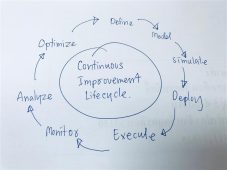 FeaturedRisk management
Revolutionizing Food Safety Training: Breaking Out of the “Check-the-Box” Mentality
FeaturedRisk management
Revolutionizing Food Safety Training: Breaking Out of the “Check-the-Box” Mentality
-
 GFSI Standards
GFSI 2025: Building Trust, Tech-Forward Solutions, and Global Unity in Food Safety
GFSI Standards
GFSI 2025: Building Trust, Tech-Forward Solutions, and Global Unity in Food Safety
-
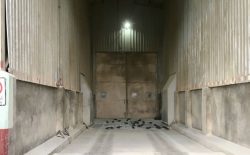 FeaturedFood Safety
Integrated Pest Management: Strategies to Protect Your Brand’s Reputation
FeaturedFood Safety
Integrated Pest Management: Strategies to Protect Your Brand’s Reputation
-
 FeaturedFood Safety Culture & Training
No Open Door Policy: Challenges That Impact Pest Control in Food Processing Plants
FeaturedFood Safety Culture & Training
No Open Door Policy: Challenges That Impact Pest Control in Food Processing Plants

